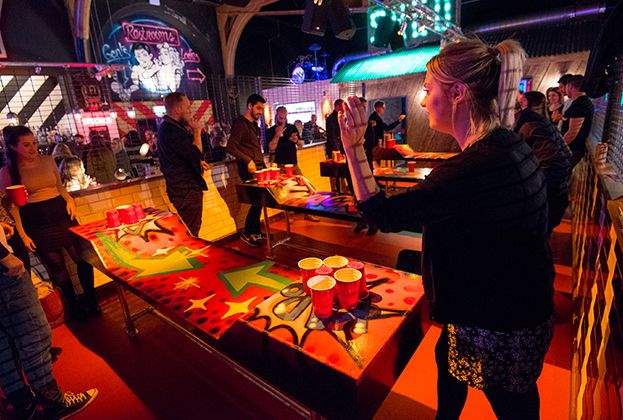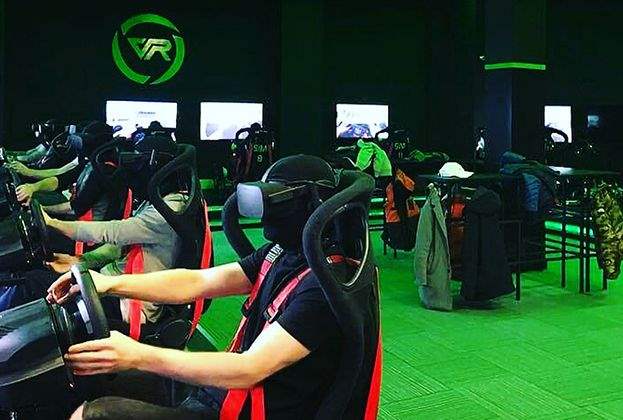The importance of D2 for many institutional landlords cannot be underestimated. Cinemas and bowling still anchor 70% and 40% of leisure schemes across the country, respectively, but how much space should be assigned to new formats emerging? We have spoken to five of the biggest institutional retail & leisure landlords about their experiences of this growing sector
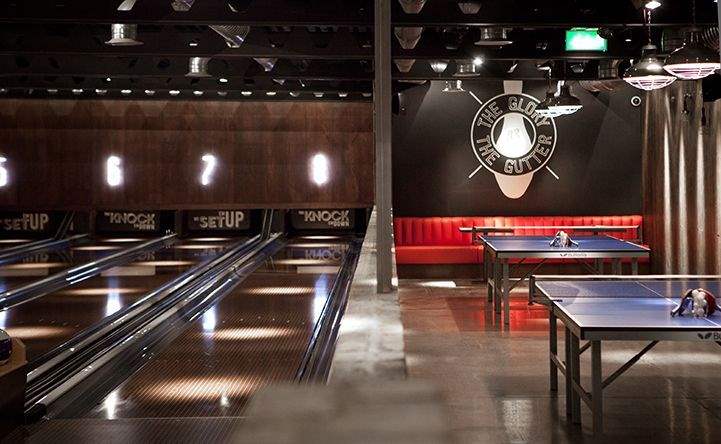
Lane7, Middlesborough
1. Uptake
Uptake by institutional shopping centre and leisure scheme landlords has been slow to date, with no company having more than 10 operators across their portfolios. Instead most of the offer in emerging leisure sectors remain in secondary high street and industrial space. However, landlords expect to see a significant growth in the next few years as they become more comfortable with the different formats, the benefits and how they can better utilise space.
The reality is that no-one truly knows where this is going, so landlords are cautiously trialling them because while it is a clear area of growth, some concepts are considered to having better longevity than others. Landlords have to think about the longevity over 10–25-year leases, which is a long time in any consumer market.
There are some concerns too over ease of replication, and experiences in the dining sector has taught them that consumers are very fickle when it comes to the leisure sector.
The market needs key operators to emerge that have gravitas and track record, preferably needing low capital contributions. It is clear that in each subsector there are several brands starting to emerge. These operators are finding that the opportunities presented to them is increasing and a place in a large scheme can represent a significant boost of profile and future covenant for any brand that can secure tenure.
Popups have provided Immotion VR the opportunity to grow rapidly. With 10 units in a single year this is quickly establishing their presence in the sector, while can landlords trial the offer before finding permanent space.
The growth across all of the competitive socialising market is a good counter narrative to the rest of the market, but several landlords are keen to reinforce that this sector is only a very small part of what they are doing and most of the leisure income still comes from cinema and F&B.
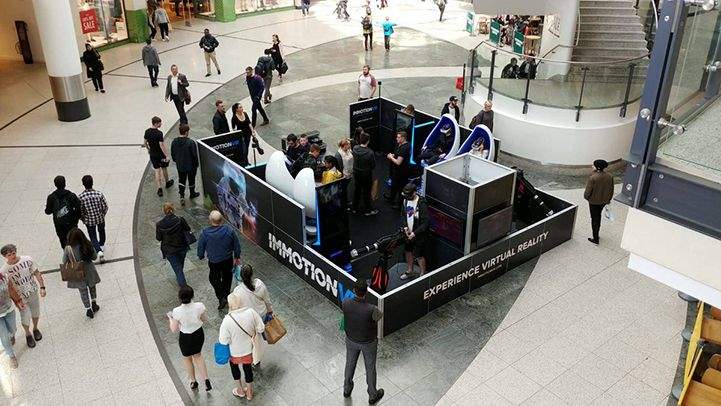
Immotion VR, Manchester
2. Format Considerations
Both demand and opportunities are growing and space is increasingly competitive. One landlord cited a unit that had three operators fighting over a unit that had been vacant for two years, following which other concepts have approached them to come in on the back of an increasingly exciting scheme.
Most landlords are not keen on an offer that has limited appeal. Universal considerations include repeatability and originality and a leisure offer that maximises visitation across different day-parts. While F&B is key for supporting retail and for rental income, leisure uses in turn are excellent for supporting F&B.
Golf is particularly popular due to universal appeal. Several bar chains and established leisure operators like Hollywood Bowl are introducing golf and other competitive socialising concepts into their venues.
The potential for VR is huge, but some landlords think that it still needs to evolve to have mass appeal. VR doesn’t need to require much floor area and is very flexible, but while set-up costs can be low the best quality experiences have a high entry level due to the cost of hardware.
Escape rooms are cheap and sustainable, but need to increase appeal to families for shopping centre locations. Several landlords have cited the concern that offer can vary significantly in quality and experience. However, as reliable brands emerge this is becoming less of an issue.
For most shopping centres the family offer is particularly important. However, in some locations other options are viable, like Westfield London, Westgate Oxford and The Light Leeds where the demographic is more skewed to Millennials and students.
Bar game and other concepts where the bar is a core part of the offer often requires external frontage and tends to be tied to an evening activity rather than daytime family audience. Leisure schemes can manage this because they have a late night offer, but it is more of a challenge for shopping centres where there isn’t round-the-clock access.
Variety and depth of offer are the new attractor. A clever mix can set schemes apart from competition
Savills Research
.jpg)
% of sector located in shopping centres and leisure schemes
Source: Savills Research
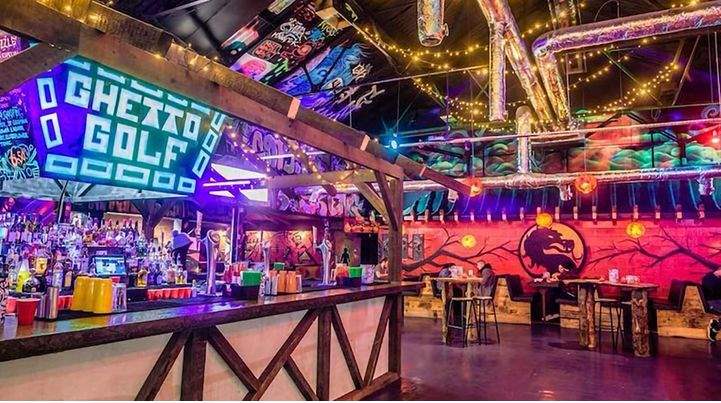
Ghetto Golf, Custard Factory, Birmingham
3. Optimising & Repositioning Opportunities
With the department store sector in decline, there is a question over what will be the scheme anchor of the future. The consensus amongst landlords is that variety and depth of offer are the new attractor. Individual F&B, leisure and retail brands can drive footfall but are not an anchor in their own right; it is the variety that creates destination.
Large voids created from exiting stores can present opportunities for leisure brands seeking space close to prime/footfall, but without the rents associated. British Land and Hammerson have already taken back space from M&S and HoF and subdivided the large units into several smaller retail units with prime frontage and leisure space in rear or upper floors. The outcome of this repositioning can produce rental income higher than the original occupier. Intu have stated similar intentions, but all landlords will inevitably have this on their agenda.
In the current market there is increased focus on diversifying space across different income streams. Leisure makes up 2% of one landlord’s portfolio (excluding F&B) that we spoke to, so it is more about creating variety than income. This is where emerging leisure brands come in. With the aim of differentiation, Landsec arguably took a bold step to anchor part of its leisure offer in Westgate Oxford with Junkyard Golf, which is a great leap of faith in what was a fledgling operator.
The flexible requirements of several operators means there are opportunities to fill under-utilised or tertiary space in a scheme. However, several landlords have noted that this is an ideal scenario but in fact these opportunities are often thin on the ground, making it a challenge to shoehorn in these new and exciting operators.
Dining is excellent for place making, dwell times and creating a destination and increases retail spend by up to 45%. The leisure mix in turn is important for supporting the F&B offer, particularly outside of ‘normal’ hours. But this doesn’t mean it is a universal solution. The offer needs to be tuned to demand driven by the local demographic. A clever mix can set schemes apart from competition, but there are concerns that leisure could be over embraced and fall victim to the saturation experienced in other leisure sectors.
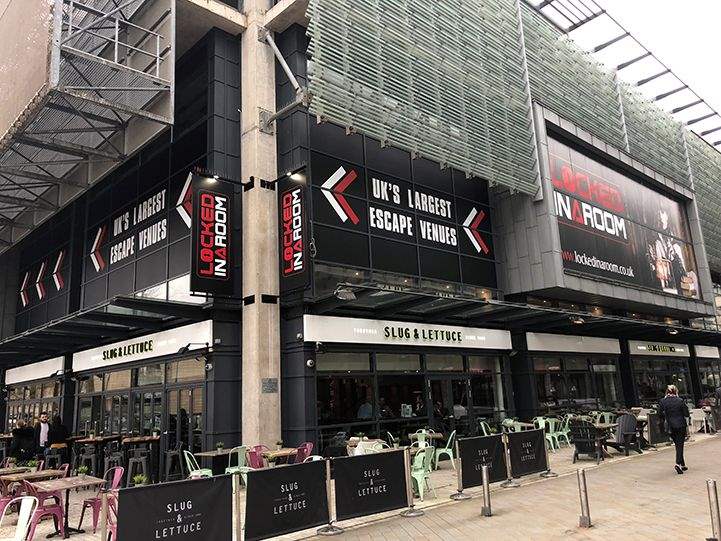
Locked In A Room, Millennium Square, Bristol
4. Lease considerations
Rents in this space are typically equivalent to other D2 uses. Agreeing affordable rents is as important to landlords as to operators. Landlords want sustainability and with rents at a level where they can still achieve growth. Arguably this makes it an easier fit for leisure schemes (or office developments) than shopping centres because rents are typically lower than retail.
There is a considerable financial risk for landlords with contributions sometimes exceeding £1m (Some fit-out costs are £2–4m), but the contribution required by different sectors and different brands varies significantly. Premium Bar & Game concepts often see their cost to entry over £2m, several mini golf operators are even higher, while even the more premium escape room operators tend to manage costs below £0.5m. VR venues can be delivered for even less. This clearly has a bearing on the contributions required and the lease lengths agreed.
There are clear pros and cons regarding fit-out costs around quality versus upgradability. A quality of offer is expensive and can’t easily be changed if consumer tastes move on, while a cheap build means flexibility around the offer, but may come at the cost of the customer experience.
What is universally agreed is that the offer is more sustainable where the capital contributions and rent are sensible.
Covenants may prove less important than retail for valuation because landlords tend to value the whole asset and have different yield values on start-ups, but the lease length is important. Landlords remain reluctant to sign leases less than 10–15 years, but some operators want five years. If the operators are nervous, how does this make the landlords feel? Additionally, while landlords still want long leases, this can create nervousness over unproven concepts and longevity of the trend.
Fundamentally, as these brands only tend to account for a small part of a landlord's income and can really help to enhance the vibrancy of the overall offer, landlords will increasingly find ways to bring these concepts into their schemes.
.jpg)

